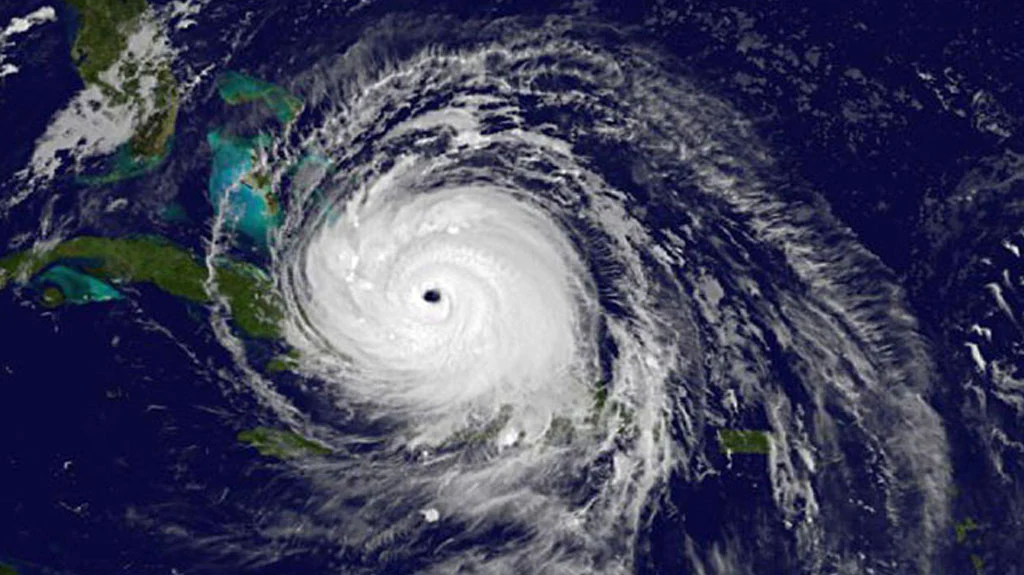Category 6

This seems like an unfortunate sign for the future, though probably a good idea.
At 149 miles an hour, the world’s fastest roller coaster, Formula Rossa in Abu Dhabi, is so quick that riders must don goggles to protect their eyes from the wind. But even the formidable Formula Rossa is no match for the 157-mile-an-hour-plus winds of a Category 5 hurricane, which can collapse a home’s walls and cave in its roof. And yet, according to a new paper, Category 5 may itself be no match for several recent hurricanes.
Right now, every hurricane with maximum sustained wind speeds above 156 miles an hour is considered a Category 5 on the Saffir-Simpson Hurricane Wind Scale—whether it’s blowing 160 mph, like Hurricane Ian, or roughly 215 mph, like Hurricane Patricia, which struck Mexico in 2015. To distinguish between extreme storms and, well, extremely extreme storms, James Kossin, a distinguished science adviser at the climate nonprofit First Street Foundation, and Michael Wehner, a senior scientist studying extreme weather events at Lawrence Berkeley National Laboratory, explored adding a hypothetical sixth step to the scale. Category 6 hurricanes, they write, would encompass winds above 192 miles an hour. By their definition, five hurricanes—all of which occurred in about the previous decade—would have been classified as Category 6.
192 miles an hour. That seems bad.
When Kossin and Wehner ran climate models into the future, they found that if global temperatures rise 2 degrees Celsius, the risk of Category 6 storms would double in the Gulf of Mexico and increase by 50 percent near the Philippines. “Adding a category better describes these rather unprecedented storms,” Wehner told me. Actually changing the Saffir-Simpson scale would require research into how a revised system would communicate disaster risk, the authors noted in the paper; still, “we really should consider the idea of scrapping the whole thing,” Kossin told me. And he’s not the only one who thinks so. “I’m not sure that it was ever a really good scale,” Kerry Emanuel, a leading atmospheric scientist at MIT and the editor of the paper, told me. “I think that maybe it was a mistake from the beginning.”
I’m sure one can make an argument here, but ultimately, this is about communicating safety to the public, so I can’t see how replacing the system would make much sense. We can debate these things, and those involved in the meterological community are doing so. But let’s just say that even needing to have this conversation is a very bad sign for the future.


